Thank you very much, dear Aunt Zhang, for giving me this opportunity to review. Closer to home, due to process problems, the GPU process has been stuck at 28nm for many years. It has been over 5 and a half years since the first 28nm GPU Tahiti was released. In the 14/16nm phase, it wasn’t the usual AMD/ATI, but NVIDIA, that was the first to break this stalemate. It wasn’t the usual small core, but a mid-to-high-end core. This is the GP104 that was released on May 7 and was named For the GeForce GTX 1000 Series. First, product specifications and architecture analysis First of all, let's take a look at the GTX1080 specification (form from Techpowerup). Compared to the previous generation GTX980, the GTX 1080's stream processor has increased by 25% from 2048 to 2560. In terms of percentage, it is actually lower than the upgrade from GK104 to GM204, but the increase in frequency is very terrible: the base frequency is from 1126MHz. Rushing all the way to 1607Mhz, the increase of more than 40%, and thanks to the new GPU Boost 3.0 mechanism, some of the better physical GTX1080 can even reach 2GHz high! To know that this is a 314mm2, 7.2 billion transistor core! This shows the strength of TSMC's 16nm process. The other is the use of the new GDDR5X memory, said GDDR5X memory, in fact, more like GDDR6 (estimate is not called this because the double-digit algebra GDDR is finally finished it), its data prefetched doubled compared to GDDR5, As a result, a higher bandwidth is achieved, and a bandwidth of 320 GB/s is obtained with only 256 bits and 1,250 MHz, which is close to the 336 GB/s of the previous-generation large-core GM200. But from the architectural point of view, Pascal's overall improvement is not much. Here is the structure of the GM204: There are a total of 4 groups of GPCs, each group has 8 SMMs in the GPC, and there are 64 CUDA Cores in each SMM, for a total of 2048 CUDACores. This is the structure diagram of GP104. Compared with GM204, the main change is that a group of SMMs are added to each group of GPCs. There is no significant change on the large surface. In addition, the memory controller is changed from 4 groups of 64 bits to 8 groups of 32 bits to make Good adaptation to GDDR5X upgrades. The situation of the larger-scale GM200 is similar to that of the GM204, which is more like an expanded version of the GM204. From the original 4 groups of GPCs to 6 groups of GPCs, the corresponding ROPs, TMUs, etc. have increased, and the memory controllers have also increased to 6 groups. The 384bit, SMM structure did not change much. Pay attention to its task scheduling unit is still one, this may be N card "CPU occupancy rate is high" reasons, because indeed from the Kepler NV began to part of the task assignment and scheduling tasks to the CPU, in the previous graphics card task scheduling Not too much pressure is not obvious, to Pascal more and more obvious, as for the good or bad of this approach, but I believe that no one will use 1080 with i3, since the high-end CPU games can not be filled, and even so The total power consumption is not high, so high or low does not matter, right? However, users who adhering to the concept of "low U high display" still have to pay attention to this issue. The GP104's other notable improvements include upgraded color compression technology that effectively boosts bandwidth. This technology has been validated in the GM206 (GTX960) and has indeed achieved significant improvements; the other is VR optimization. However, this technology does not yet work, because VR applications require a high starting point, but in fact, the ceiling is still very low. I will mention it later. The more important thing is the upgrading of asynchronous computing. After all, this is the N card in the DX12. The weakness of the era, unfortunately, is limited by the architecture, performance is not much to improve; there is a cut off the consumer-level three-way SLI, this is indeed the average person and the general application are not used, the impact is not particularly large; The last is to strengthen the GPU Boost 3.0, the factory will almost squeeze the core to the limit, indirect mad a third-party manufacturers ... Second, the product detailed The next thing is to say specific products. I was very excited when I received the parcel: I finally received the legendary "value" parcel! Excited shed a big sweat... Inside the video card carefully wrapped with bubble bags, it seems like a belief card! Too excited to forget to follow the positive, take this charge it, anyway, ASUS's box is basically the same ... The back side has omitted the presentation of the mei (kan) and kan, and it has gone straight to a tough appearance, and it is concise! The card body, the total amount feels like crumpled or coded like... It doesn't seem like the previous generation looks good... The back of the backboard is very popular, but compared with the back of the 980, this time directly divided into two, half of the back is to facilitate the demolition to provide additional wind when the multi-card, but I want to Tucao about Asus, clearly back Why did the sticker on the board remain stuck in the middle? The only thing that hasn’t changed is the belief lamp. Why NV does not follow the trend and join RGB? In addition, we can see that GTX1080 only uses a single 8pin power supply. It should be the lowest power 5000-class graphics card in recent years. The TDP is only 180W. 16nm is indispensable. The interface seems to be exactly the same as the previous generation, but it is actually different: the DVI interface is replaced with a pure digital DVI-D and no longer supports switching to a VGA interface. Like the AMD/ATi, the VGA interface is the Garbage dump. Dangdang! Next, please come out with a generation of GTX980Ti Titan! It seems that 1080 is more angular, but although the old version of Titanpi has some aesthetic fatigue, the tough style is more pleasing At the top, there is no change in the light of the faith, but the style at the top is still very different. In addition, we can see that one power supply is 8+6, and the other is a single 8, the maximum power supply capacity is 300W, 225W respectively, and the corresponding TDP is 250W and 180W. On the back, I installed an EVGA 980Ti backplane. It is very strange that the sub-flagship 980 has a full-coverage backplane. The higher TTX and 980Ti do not give backplanes. Fortunately, this time TTX Pascal made up The... The interface is exactly the same as seen from the thermal vent. There is no difference except that the DVI is different. In the rear air inlet, two cards support the workstation handle. The old version of the Titanium air inlet is larger and it is no wonder that this time the backplane was changed. The fan is exactly the same, and it's not as high as the home sticker. I don't know where to go. Next is the dismantling part, what's the warranty, and I'm fighting for the big business! First remove the half backplane, you can see 1080 or set aside a horizontal 8pin position, somehow air-sealed, the design of the public version of the recent generations of NV more and more do not understand ... I want Tucao about this screw design: The outside of the octagonal hard to find tools do not say, the internal hole is actually the backplane screw bit, we also see that in fact only 1mm thick, very easy to break ... do not say understand Looking at the material of the two backplanes, it looks like the 1080 backplane is very thick with a folded edge. The actual thickness is not as good as the EVGA's 299 backplane (expensive! Who came after the XFX backplane? ) Removed the back of the PCB's back, densely praised, in addition you can see this backplane is also specifically for the back of the heat add a few thermal pads, making the backplane is no longer like the goods, praise The whole picture of the PCB is really...a bit empty, especially considering the price of 5,000 yuan, I feel that this material is not as good as the RX480...especially the few empty solders of the fans are understood, the Founder Edition is also called Pick Belief Edition, but this PCB is really making people not believe it... The power supply part, because TDP is only 180W, so only 5+1+1 phase power supply, the entire empty, I think it can be made ITX... The most valuable thing on the entire PCB: GP104-400 core, looks pretty, but it does a good job. The new GDDR5X memory is manufactured from Magnesium and has a nominal frequency of 10,000MHz. Compared with the black technology HBM, the biggest advantage of GDDR5X is its cost. The cost of HBM is quite high, so high that NV is in the TTX of 1200 US dollars. Are reluctant to use (in fact, is it!) The back of the whole picture, relative to the bleak front, this time to look at the back really pleasing to the eye more ... The new Titanium frame, including video memory and power supply cooling part, the use of materials is much stronger than the PCB, I think half the cost of this card are on the radiator, had to admit that the old Huang will do business. The core heatsinks are blackened and look like they don’t look good. Turned over to discover great ideas: the base is a whole soaking plate, and that protruding small tail is proof. The cost of soaked plates is also quite high. Please check out the contestants: AMD Radeon R9 Fury X! I have to say that compared to FuryX, I think the two Titans are all lower. The introverted style and comfortable texture of the skin back, combined with the heavy texture of FRX, I still like this helpless flagship. On the back, the back of the skin was well received, but the pile of dog skin plaster was too jagged... The interface, AMD's determination to disarm the brawny warriors, resolutely canceled the DVI interface, but once the MiniDP was nowhere to be seen. Belief lights, as the only single-core AMD graphics card with belief light, the emergence of this belief light does not know how many people moved tears, but Su Ma's product manager is chengdu intellectual retardation, behind the product such as RX480 actually left the position did not pick Lights, and NV's light of belief has been popularized to 1060FE, specifically a FE version to sell high prices, and AMD... public version is usually the best workmanship materials, the lowest price ... and FRX's highly acclaimed The load light does not know who to send to... Please drag out the AMD product manager, thank you Third, performance testing The last is the most important performance test. In fact, this part of me personally feels no meaning... Because this card has come out for a short time, and the approximate performance has already been understood, I will simply conclude. testing platform: CPU: Core i7 z Max Turbo Motherboard: ASUS ROG X99 Strix Gaming Memory: 48G DDR4 2133 System: Win 10 64 Pro 1511, when the test has not been updated 1607, it is said that the performance of the new version is not small, there is a chance to test Contrast test video card: AMD Radeon RX480 8G Crossfire AMD Radeon Fury X 4G NVIDIA GeForce GTX Titan X Maxwell 12G (Yes, I didn't use a 980Ti to find a TTX, so that it only shows the hanging) NVIDIA GeForce GTX 1080 Founders Edition 8G The first is the performance, time-limited games did not measure too much, only measured the Tomb Raider with Benchmark: rise, full war: Warhammer and GTA5, 1080LOW in the table represents the power limit to the lowest, the average running at 1100Mhz 1080 , Analog and TTX with the same frequency situation, 1080MAX is the largest overclocking I tried, the core frequency +205, power consumption 120%, fan full speed. The first is the traditional 2K FSE, 1080 lead, leading the previous generation of flagship TTX as much as 25%, the default 1080 points running is not running two public version of the RX480, but easily defeated after overclocking. In addition, the difference in the scale of 1080 and TTX at the same frequency appears, and the gap is basically the same. 4K FSU and 2K DX12 TS test, you can see under high load FuryX has exceeded the old rival Titan X, tears... DX12 test under the A card as a whole began to force, basically exceeded the opponent, 1080 and TTX The narrowing of the same frequency gap shows that the performance of the DX12 has been improved, but the 480CF still beats the overclocked 1080. It seems that the asynchronous operation of the NV is still a short board. Game performance test, the results are more interesting: the old DX12 game (DX11 upgrade DX12) ROTR basically reflects the performance gap of the card, GTA5 because it is DX11 game, but also the traditional strengths of NV, so the gap between the cards is small, but this 480CF What is TTX's game? Warhammer's new DX12 game embodies the power of AMD architecture. FURYX exceeds TTX and is very similar to 1080. However, TW does not seem to support dual cards. 480 single cards and dual cards have complete performance. The same, otherwise the 480CF's performance should be very nice... The following is a screenshot of each game settings and running points: As for the 4K and VR tests, I originally planned to join in, but the 4K test found that 1080 is still very difficult to play in 4K games. The ROTR test is only 40fps. There are still some distances from the smoothness . The old game's 4k looks and 1080P+4X AA. The difference is not large, but there are many performance losses, so 4K 60fps, relying on 1080 single card still can not be achieved. In the VR test, only Steam VR Performance Test can run at the moment . Although there is 3D Mark, but only when Demo sees it, Steam's test requires very low limit of the graphics card and the upper limit is very low, and it can satisfy 90fps. There are a few 480 single-card 6.8 cards, FuryX single-card 9.8, TTX and 1080 are all out of 11 and they can't pull the gap... so it's finally abandoned. (4K display with Vive, a picture flow proves love) Finally, the temperature and noise, here I have to insert, Aisuite motherboard comes with Aisuite can identify their own graphics card, which in the software more than a graphics card control interface, this must be praised Software can easily adjust the frequency and fan, and even can be synchronized with the motherboard fan intelligent settings, very convenient, but so far the existing version does not support the new graphics card very well, will cause the memory frequency is too high so that the beginning of the flower screen I also thought that I demolished the BOOM demo card, and later discovered that it was a software BUG, ​​after contact with ASUS official website customer service, customer service quickly responded quickly gave me a new version, temporarily fix this bug, the new version has not been officially updated at the time of press release Come out and ask ASUS motherboard users to update before using... The mechanism of the new version of Boost 3.0 is to run high frequencies as much as possible under the conditions of temperature and power consumption. Therefore, the maximum frequency of the graphics card will decrease with increasing temperature. My card is not very good at 40 degrees. Only 1887Mhz, the average level seems to be around 1900 In addition to the exaggerated minimum mode, 1080 and TTX temperature is similar, after all, is the same strain, and TTX full load noise to a little bit bigger, after all, TDP250W is not a small number, FURYX this water cooling is not the case, 480CF work In fact, it is somewhat unexpected: In the default case, the single card is about 130W, and the dual card is only about 270W, which is almost similar to FuryX. The performance is close to 1080 when the dual card support is good. It should be said that it is a good two years later. The upgrade plan, at this stage directly on the 480 pairs of cards is still not wise. As for 1080 itself, its energy consumption is far behind AMD. AMD is relying on 14nm technology to achieve the energy consumption ratio of the previous generation of NV products. This pot does not know that it should give Samsung/GF 14nm Finfet. The process is still a GCN architecture problem, after all, both have a criminal record... The energy consumption ratio of 1080 runs in the lowest power mode is even more striking, with only 80W, and the performance exceeds that of GTX980, which is equivalent to more than double the energy consumption in this situation! In particular, when I hit DOTA2, the highest 1200P picture quality in the case of the highest 60fps, the whole power consumption is only 140W, lower than my last B station (CPU full 240W ....) As the power consumption is lower, the 1080 speed is lower and the noise is smaller. Under full load, the air outlet is only 52db, but the chassis is 10cm above the 44.5db, which is quite quiet. Compared with the RX480 fan strategy, the default situation is not Quiet, too hot is too noisy, low temperature, to achieve 1080 this effect is not impossible, you must manually adjust the fan speed, I can only say that AMD's product manager please Finally, we talked about the most ridiculous price issue this time. The first GP104 product was the GTX 1080. From the naming point of view, it was GTX 980's main product for high-end desserts. Yes, in fact, the XX4 core has always been dessert positioning. However, due to the lack of force and NV's relentless keng force, it finally put the 104 on the price and positioning of the original high-end products: AMD, for example. / ATI strong DX10 era, when NV's flagship is a large nuclear bomb GTX480, core code GF100, dessert core is GF104, that is, GTX460, the price is up and down in 2000 yuan, and later GF110, GF114 is the same situation; to the DX11 era, GK104 Breaking the dessert price limit for the first time, it reached a level of 3,000 yuan and became a GTX680. The real core GK110 ran a super-flagship Titan and successfully raised the flagship price to 999 US dollars. The next step was a slight boost to the opposite side. GK110 had to be re-decentred into the GTX780, and even a rare complete core flagship 780Ti, finally returned to the proper position of the big core; to the 900 era, it is a sweet task, GTX980 directly to the starting price to kill More than 4,000 yuan, GM200 big core continues to be the flagship of the 999 knife in the Titan series; later in order to deal with Fury X's release was reluctant to fill up A midrange 980Ti core product, although the price is not in the end, but also with the biggest gap between the products without Ti, and even two orders of magnitude of the core, but it is indeed back to the GM200 due position; to this generation, Both the GTX1080 and the new Titan X have been released. The GTX1080 has directly appeared in the highest public version of 699 US dollars in history, and the Titan X is sold for 1,200 US dollars! From the previous NV product release point of view, Ti is generally used to emergency fill product models, not necessarily will appear, but the emerging products are mostly relatively cost-effective, such as 560Ti, 660Ti, 780Ti and 980Ti, and this Secondly, 1080Ti will not appear to be the most anticipated replacement product for many players. It depends entirely on the situation of the opposite Vega core. to sum up GTX1080 once again refreshed the graphics card's performance limit (the new TTX, which is not yet available for purchase at this time, I remember recalling me next time) and the excellent energy consumption ratio also proves the excellence of the architecture and the progress of the process. As far as the product itself is concerned, it is very, very good, there is basically no short board, and it is indeed worthy of the name "10". However, with the high price of 5,999 yuan and the full radiator below, it is an inexplicably empty PCB and a core that was originally targeted at the midrange. Founders Edition's pricing strategy can not help but disgusted the "faith realization" behavior. People can not help but NV and AMD have pinched their sweat: After all, there is competition and motivation, users can get benefits. 20W Medical Power Supply,Household Ventilator Adapter,Sphygmomanometer Power Supply,Sphygmomanometer Adapter Shenzhen Longxc Power Supply Co., Ltd , https://www.longxcpower.com
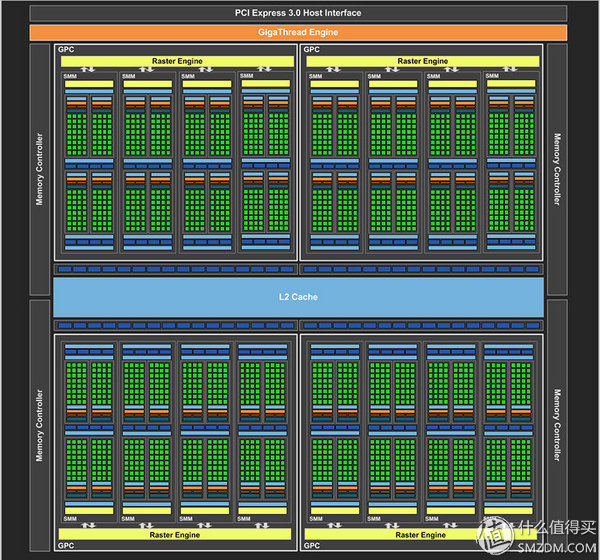
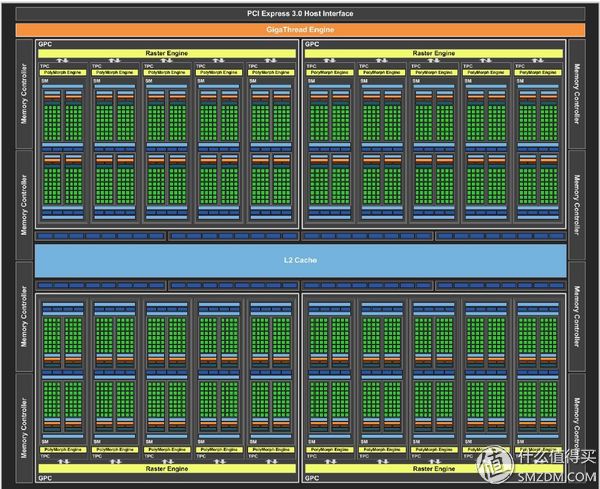
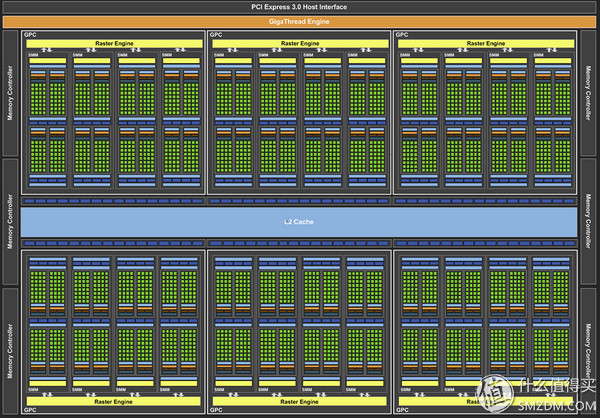



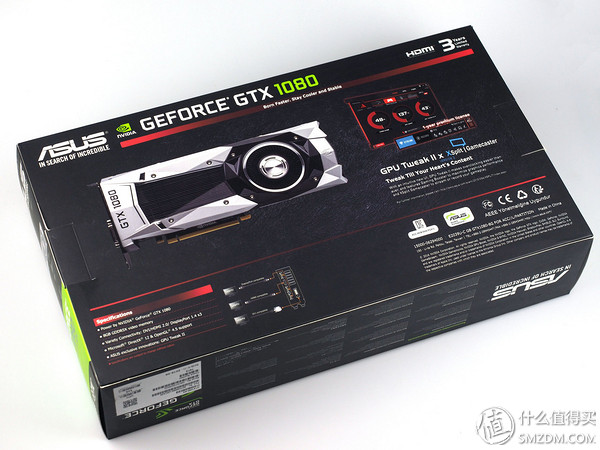
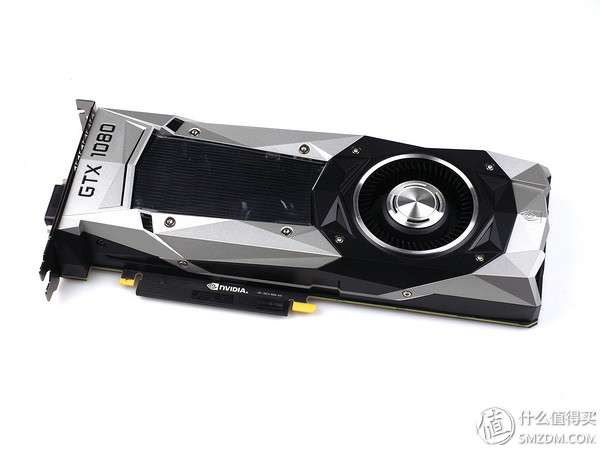
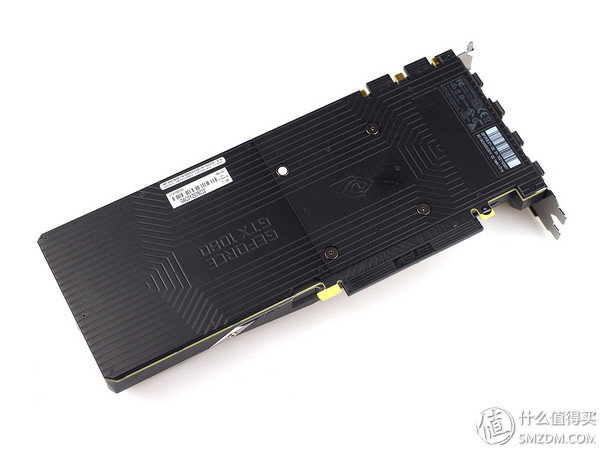
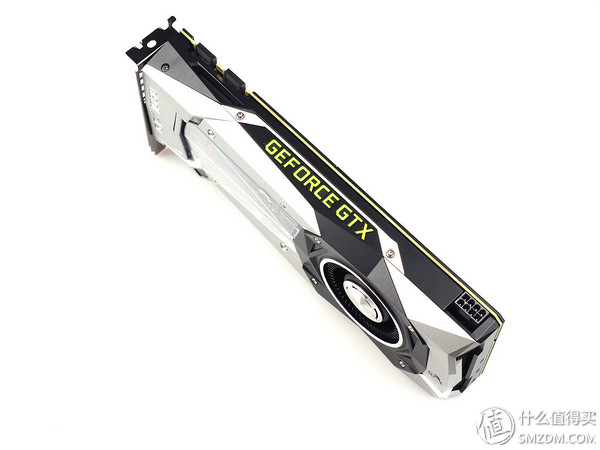

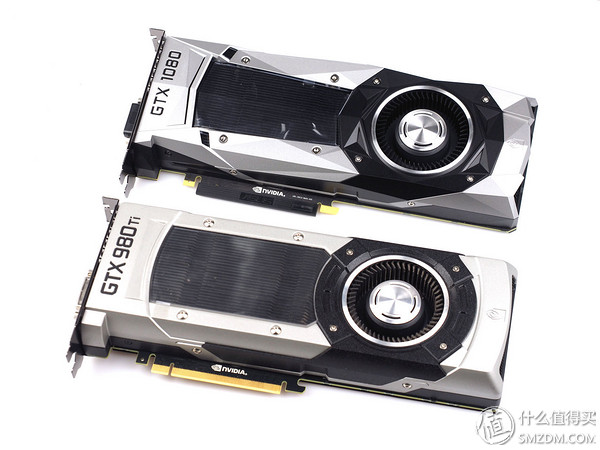
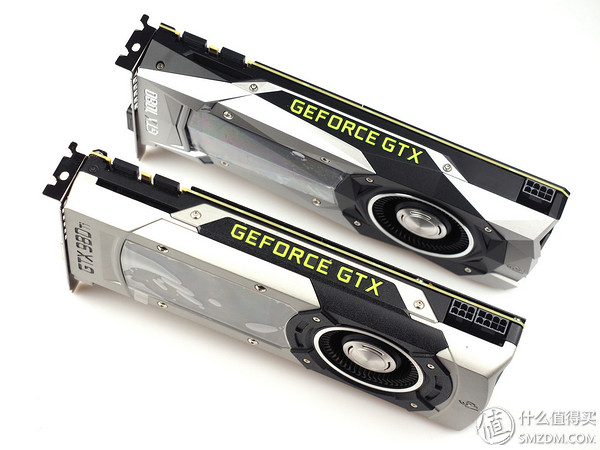
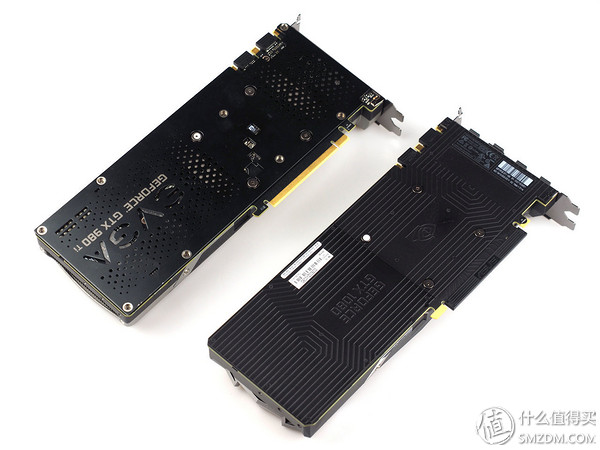
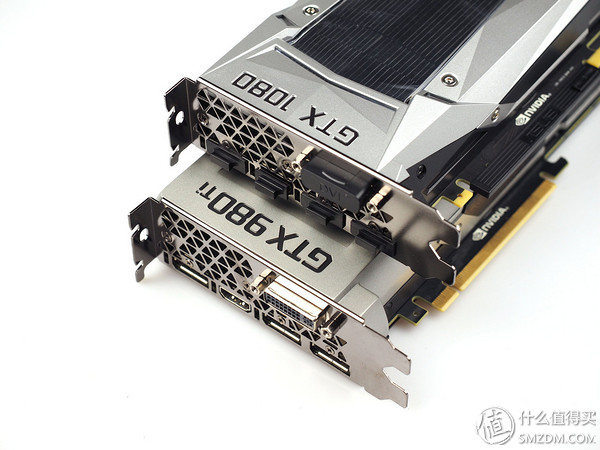
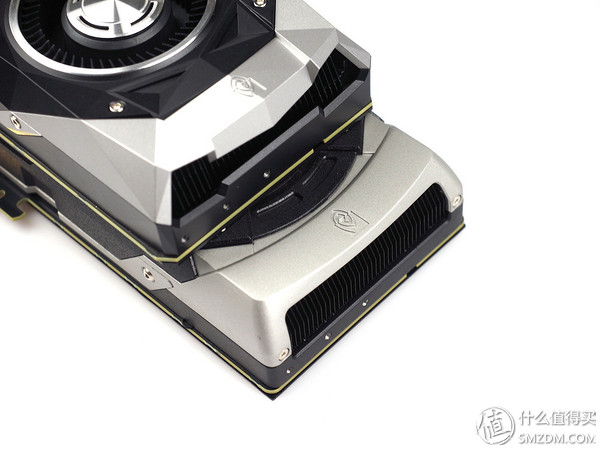
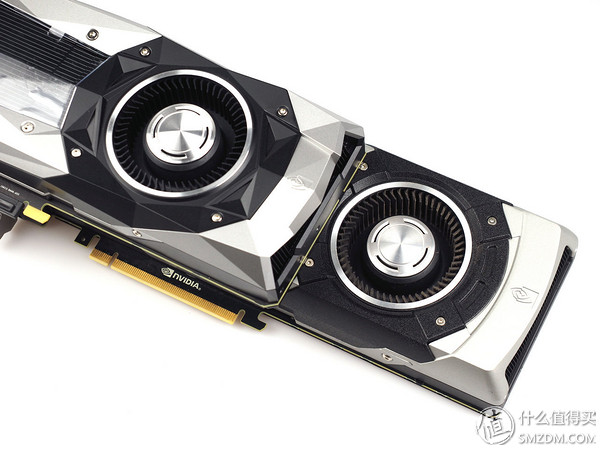
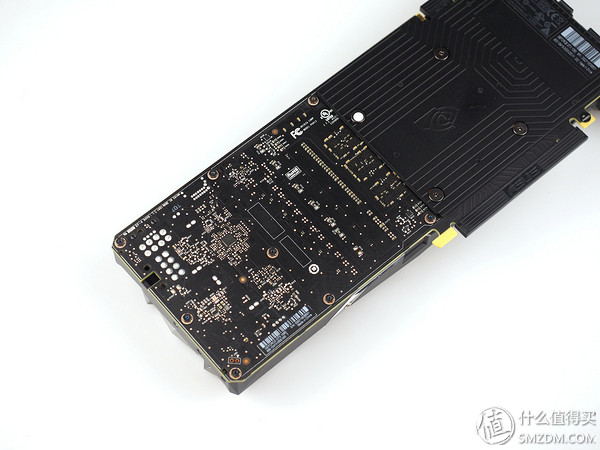
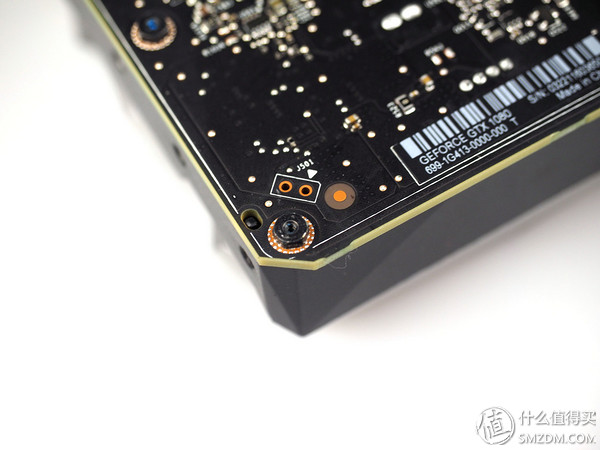
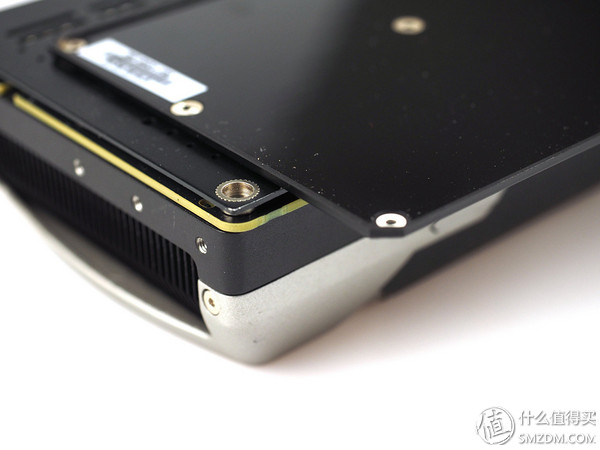
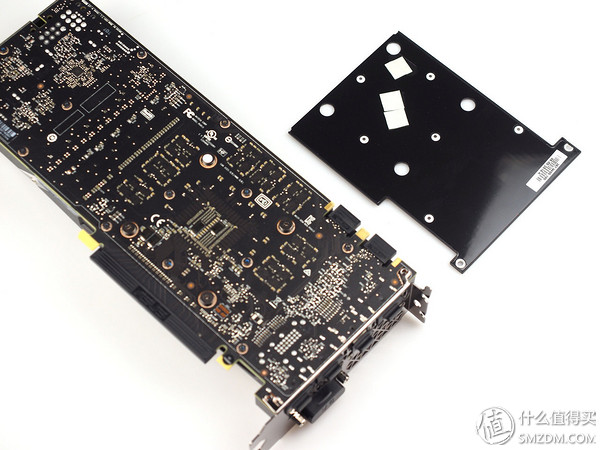


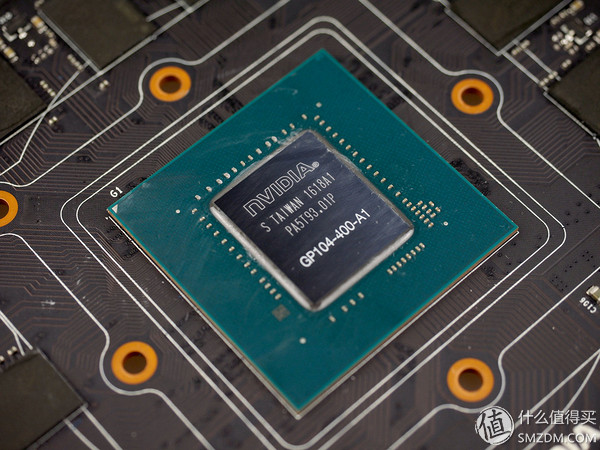
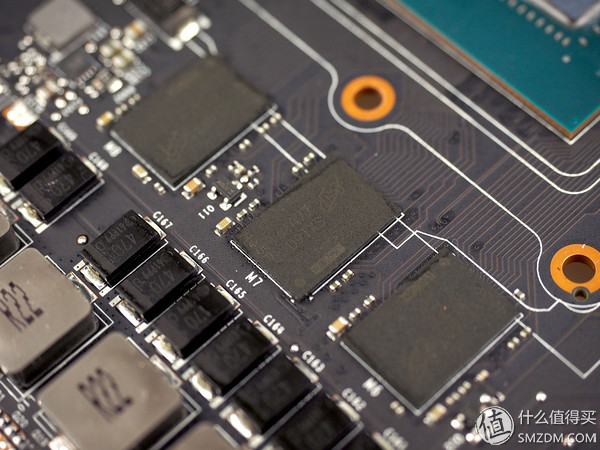
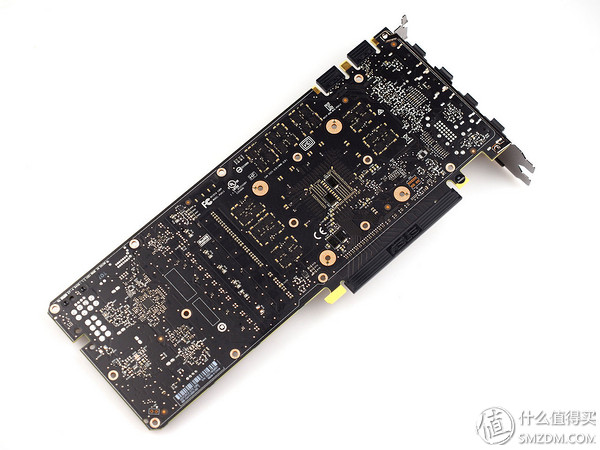
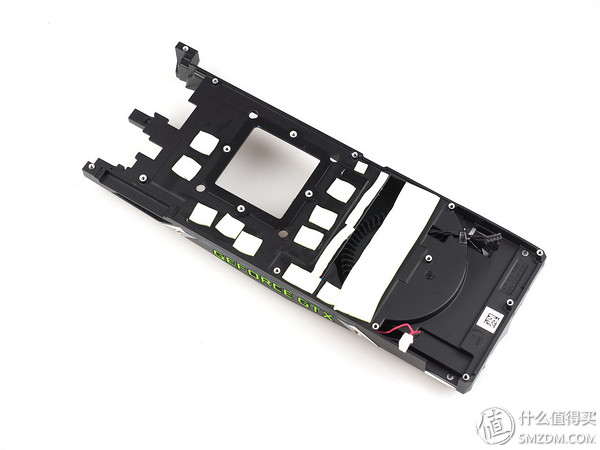
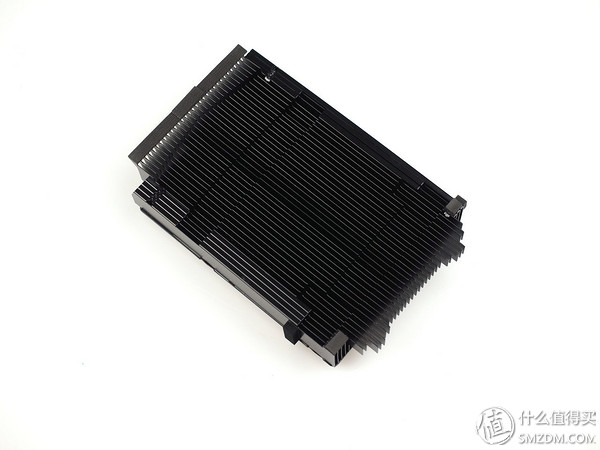
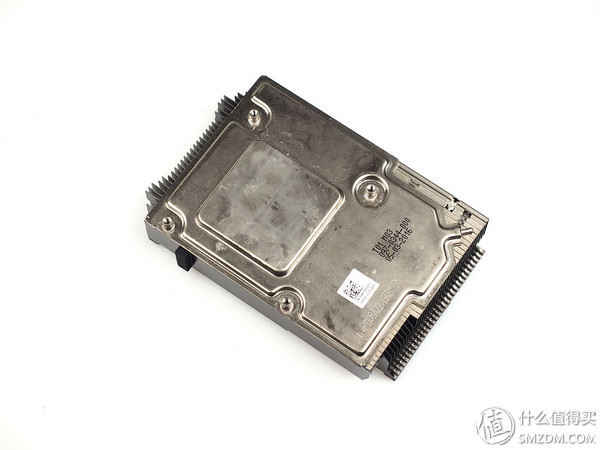
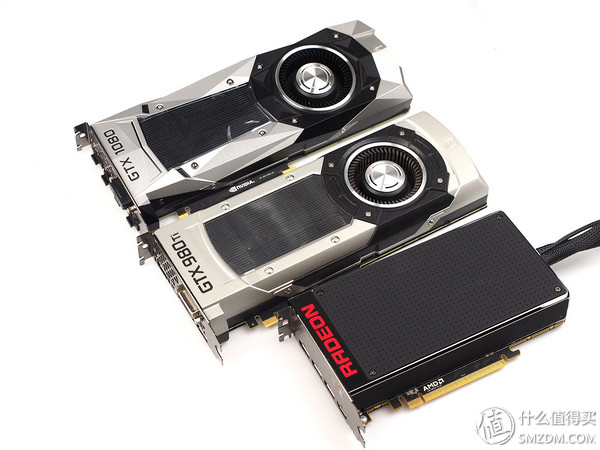
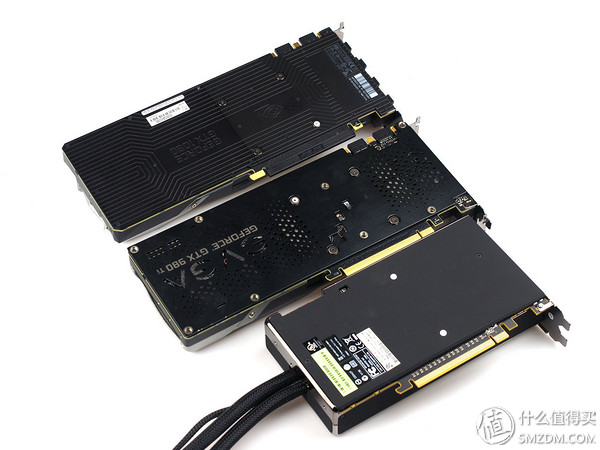

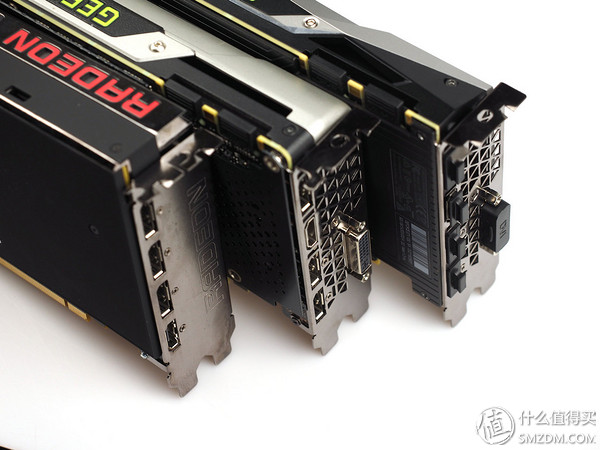
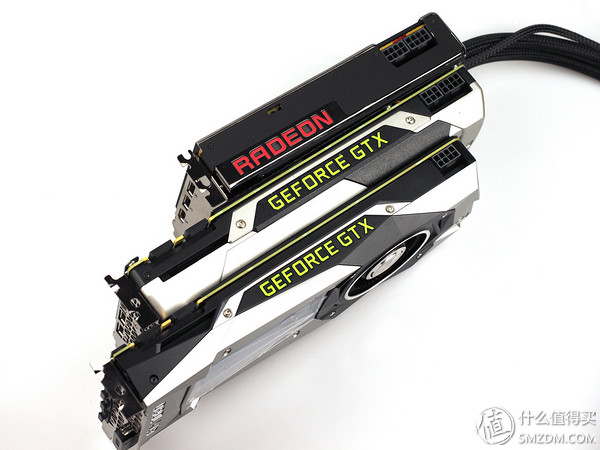
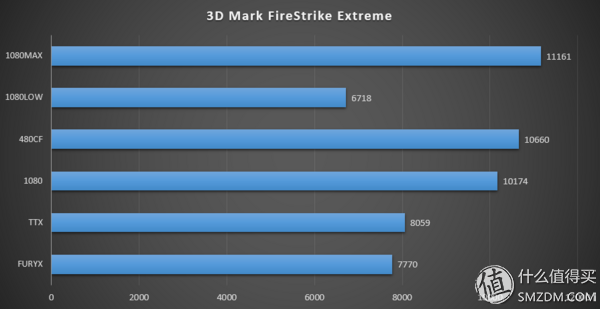
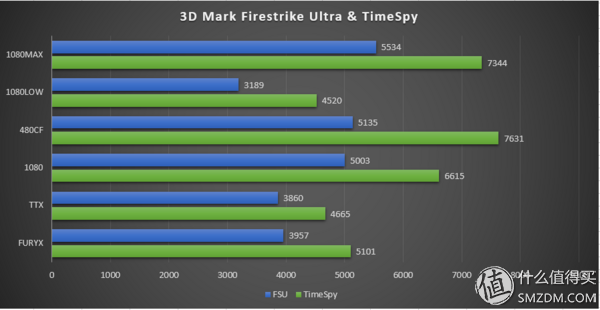
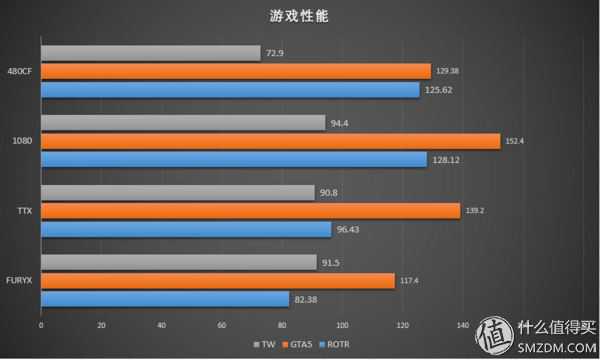

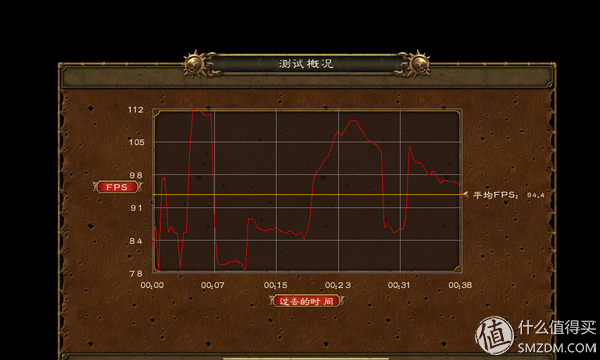
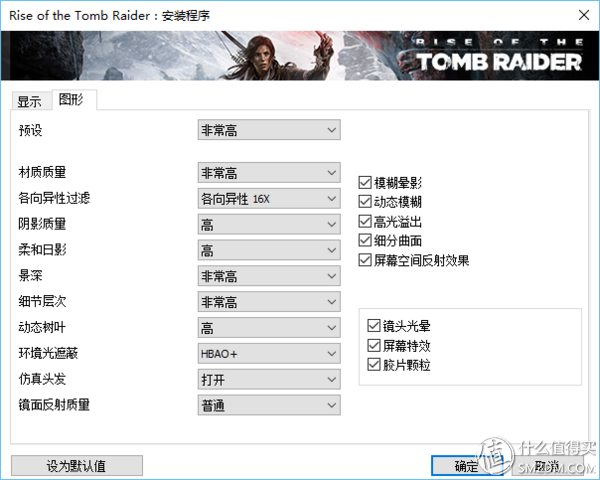
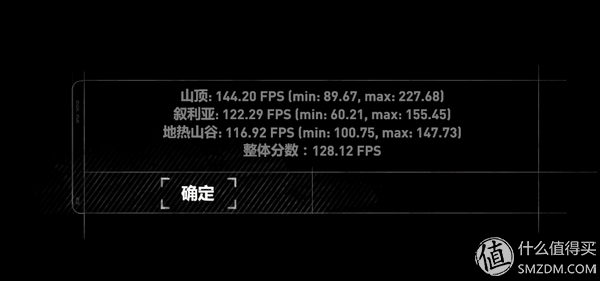
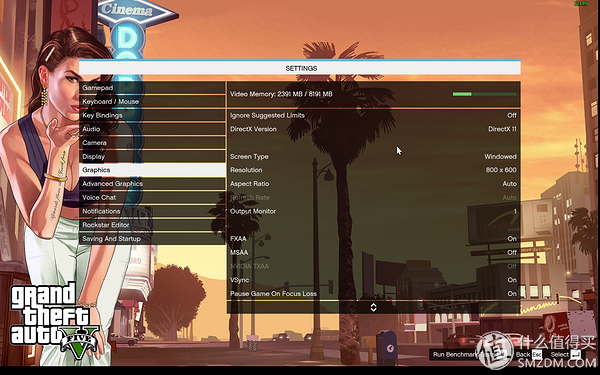
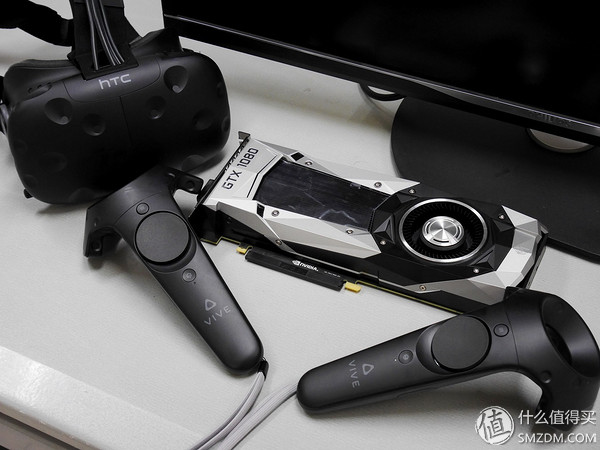
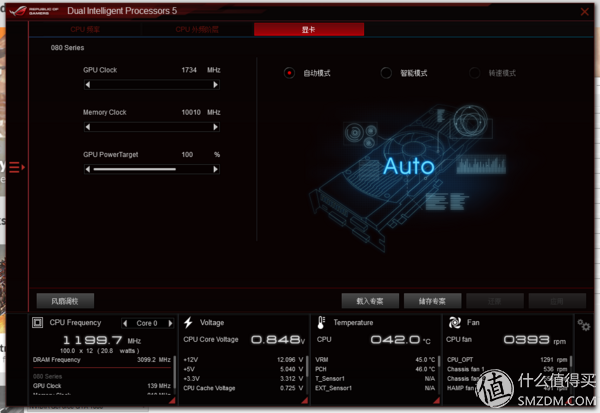
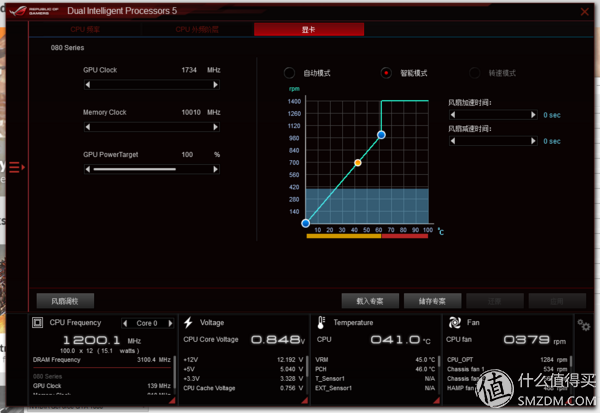
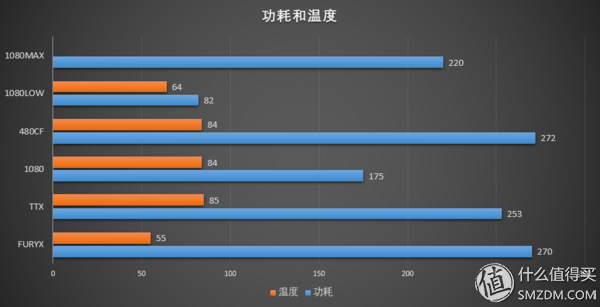
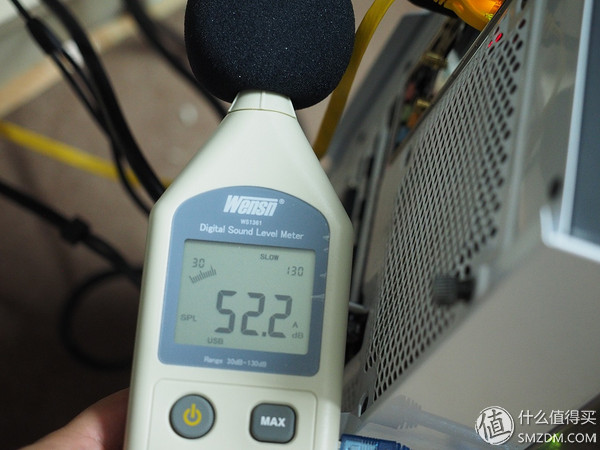
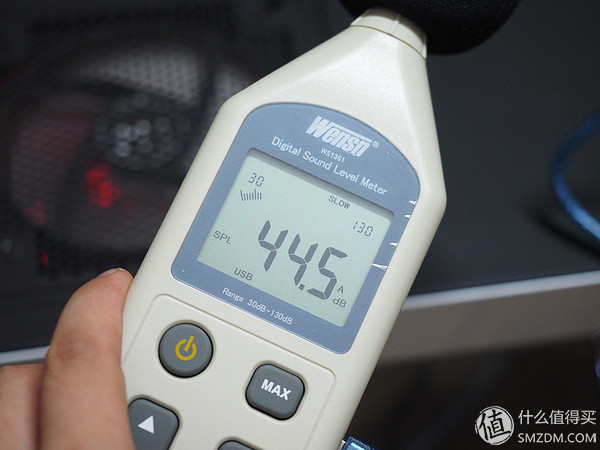
August 24, 2024